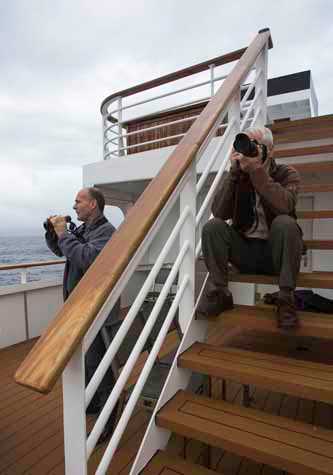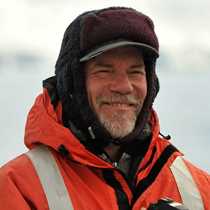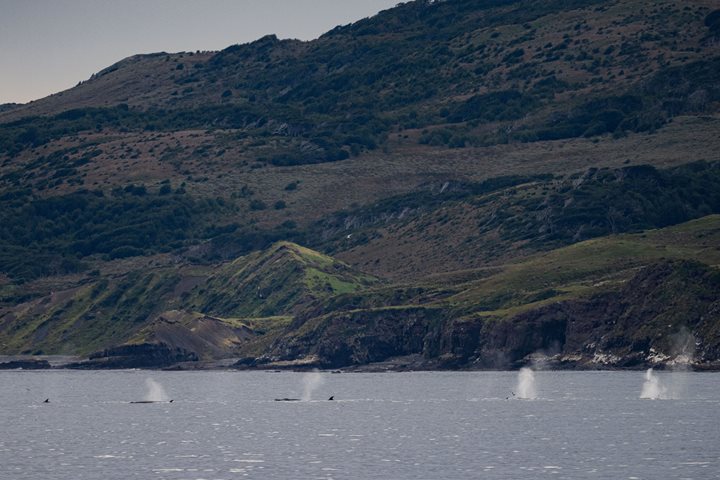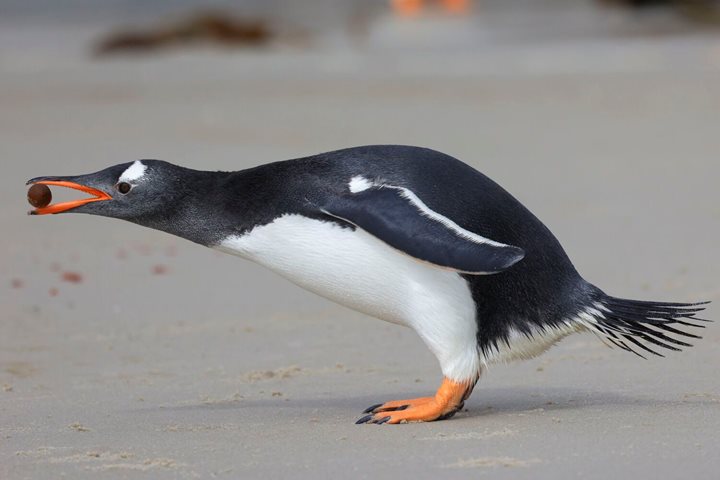Our experiences as expedition travelers are full of finely drawn balances and occasionally difficult choices. In February, late in the breeding season, the penguin colonies are full of action as the fledging chicks chase their parents, begging for one last meal and the leopard seals wait off shore, gorging on the bounty of inexperienced young birds. BUT, there’s no question that this is the muddiest, and the smelliest, time of the year. Frequently, beautiful albatrosses choose to glide around the ship during teatime, so one must make a choice between delicious cookies and fantastic bird watching. And, on the largest scale, if one wishes to visit the Antarctic Peninsula, one must cross the Drake Passage to get there.
The Drake has something of a ferocious reputation, but in large part this is a holdover from the days of sail when the prevailing westerly winds could turn a westbound ship back again and again. It was not uncommon for sailing vessels to take weeks or months to make the passage from the Atlantic to the Pacific. And if you spend that much time in the Drake, you will certainly see some very rough weather. But on the National Geographic Explorer we make our journey across in only a day and a half with the aid of modern satellite weather data, so our experience is usually quite different. Slipping between the storms that constantly circle the continent, we see calm or moderate seas much more often than anything really nasty.
However, as you might expect, there is a trade-off to be made. The seabirds of the southern ocean love the wind. Soaring on long narrow wings, they require less energy to fly in very strong winds than in still air. So, the more powerful the winds and waves we encounter, the more birds we see. The best crossings are those with moderate conditions, enough wind to keep the birds aloft yet calm enough for our comfort.
The good news is that such moderate conditions are the most common and this has been the case today as we have cruised south. This morning we woke to fairly strong winds, a sea covered in whitecaps and some significant motion of the ship, but as the day passed the winds lay down and the seas grew more and more gentle. Good for us, and good for the birds as well. All day long petrels and albatross flew in our wake, frequently approaching the stern and even gliding close by the windows of the lounge and staterooms. There’s nothing that says “We’re on our way to Antarctica” like being distracted from a briefing by a Wandering Albatross, nearly close enough to touch, riding the cold winds alongside our snug little ship.







